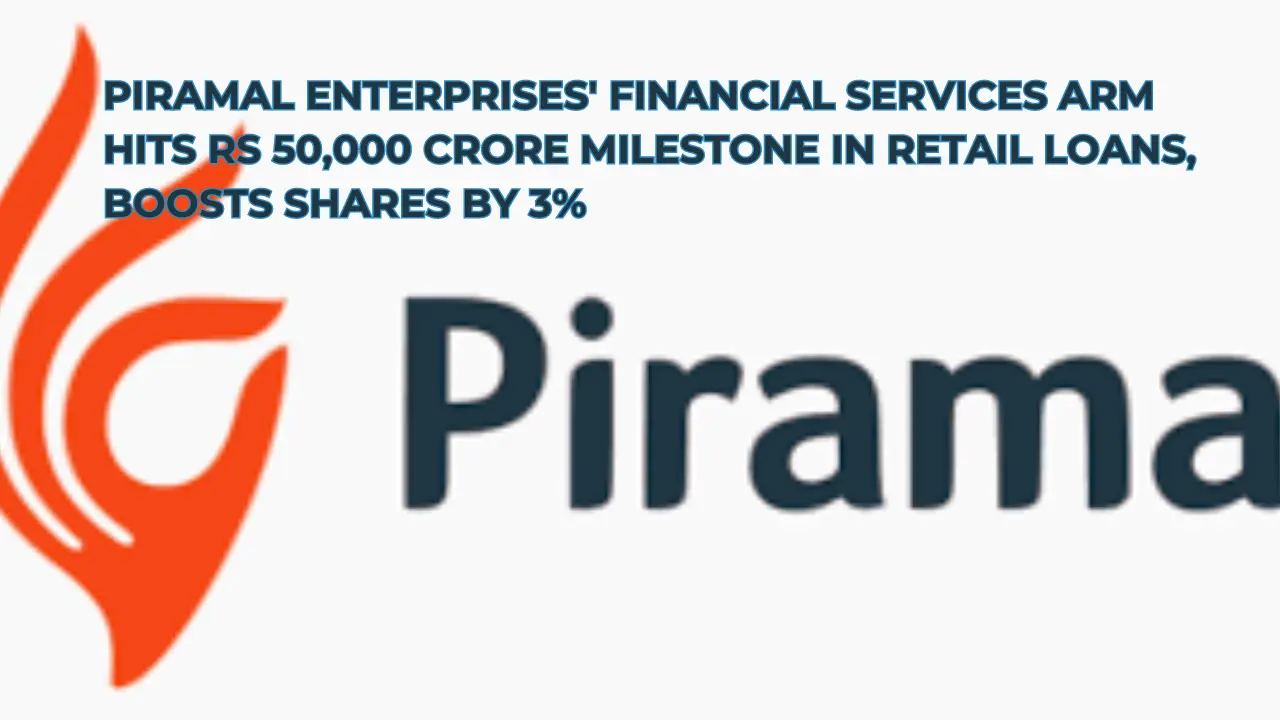Milk is a staple in many households worldwide, essential for everything from breakfast cereals to the creamy base in our favorite desserts. Yet, in recent times, consumers have been feeling the pinch as milk prices continue to climb. But what’s behind this surge? In this article, we’ll explore the multifaceted reasons driving milk prices higher and what it means for consumers and the dairy industry.
1. Introduction: The Essential Role of Milk
Milk isn’t just a drink; it’s a vital component of our daily nutrition, rich in calcium, vitamins, and proteins. It forms the foundation of countless diets, especially for growing children and health-conscious adults. However, the recent spike in milk prices has raised concerns and questions about its affordability and availability.
2. The Current State of Milk Prices
Before diving into the reasons, it’s crucial to understand the present scenario. Across various regions, milk prices have seen an upward trend. In the United States, for example, the average retail price of a gallon of milk has increased notably over the past year. Similar trends are observed in Europe and parts of Asia, where dairy is a dietary staple.
3. Supply Chain Challenges and Disruptions
3.1. The Impact of the COVID-19 Pandemic
The COVID-19 pandemic disrupted global supply chains, and the dairy industry was no exception. With lockdowns and restrictions, transportation of milk from farms to processing plants and then to retailers faced significant hurdles. This disruption led to shortages and, consequently, higher prices.
3.2. Labor Shortages in Dairy Farming
The pandemic also triggered labor shortages in the dairy sector. Many farms struggled to find enough workers to manage daily operations, from milking cows to transporting milk. This labor crunch has pushed up operational costs, contributing to rising milk prices.
4. Rising Feed Costs for Dairy Cattle
4.1. Global Grain Market Volatility
Dairy cows require substantial amounts of feed, primarily grains like corn and soy. The prices of these grains have soared due to various factors, including climate change impacts on crop yields and increased demand for biofuels. Higher feed costs translate directly to increased production costs for dairy farmers.
4.2. Impact of Climate Change on Agriculture
Extreme weather conditions, driven by climate change, have affected the availability and cost of feed. Droughts and floods have disrupted crop production, further tightening feed supplies and driving up prices.
5. Increased Energy and Transportation Costs
5.1. Fuel Price Surge
The rise in fuel prices has had a cascading effect on the entire dairy supply chain. From powering farm machinery to transporting milk to processing facilities and eventually to stores, every step in the chain has become more expensive, contributing to higher retail prices.
5.2. Electricity and Processing Costs
Dairy processing is energy-intensive. The surge in electricity prices has increased the cost of processing milk into various dairy products, including cheese, yogurt, and butter. These costs are often passed on to consumers in the form of higher prices.
6. Regulatory and Trade Policy Changes
6.1. Tariffs and Trade Barriers
Changes in trade policies, such as tariffs on imported dairy products or feed ingredients, can impact domestic milk prices. For instance, tariffs imposed during trade disputes can increase the cost of imported feed, affecting the overall cost structure of dairy farming.
6.2. Environmental Regulations
Stringent environmental regulations, while crucial for sustainability, can increase operational costs for dairy farms. Compliance with regulations regarding waste management and emissions often requires significant investment, which can contribute to higher milk prices.
7. Demand Dynamics in Global Markets
7.1. Growing Demand in Emerging Economies
As emerging economies grow, so does their demand for dairy products. Countries like China and India have seen substantial increases in milk consumption, driven by rising incomes and changing dietary preferences. This increased demand puts upward pressure on global milk prices.
7.2. Health Trends and Dairy Consumption
There’s also a rising trend in health-conscious consumers turning to milk and dairy products for their nutritional benefits. This shift in consumer behavior adds to the demand for milk, contributing to price increases.
8. Supply Chain Innovations and Investments
8.1. Technological Advancements
Investments in technology, such as automated milking systems and precision farming, have improved efficiency but also come with high upfront costs. These investments are often recouped through higher product prices.
8.2. Sustainable Farming Practices
The push for sustainability in dairy farming, including reducing carbon footprints and improving animal welfare, is essential but expensive. The adoption of these practices can lead to higher production costs and, consequently, higher prices for milk.
9. Government Support and Subsidies
9.1. Impact of Subsidies on Milk Prices
Government subsidies can help stabilize milk prices by supporting farmers’ incomes. However, the reduction or removal of such subsidies can lead to increased prices as farmers adjust to the loss of financial support.
9.2. Role of Farm Aid Programs
Farm aid programs during crises, like those implemented during the COVID-19 pandemic, can influence milk prices. While they provide immediate relief to farmers, the long-term impact on market dynamics and prices can be significant.
10. The Future of Milk Prices: What to Expect
10.1. Ongoing Challenges
Looking ahead, the factors driving current price increases—such as supply chain disruptions, rising feed and energy costs, and increasing demand—are likely to persist. Consumers may continue to see higher prices at the grocery store.
10.2. Potential Solutions
To mitigate these challenges, the dairy industry may need to invest in more resilient supply chains, sustainable farming practices, and technological innovations. Government policies and support will also play a crucial role in stabilizing the market.
11. How Consumers Can Cope with Rising Milk Prices
11.1. Exploring Alternatives
Consumers might consider alternatives to traditional cow’s milk, such as plant-based milk products like almond, soy, or oat milk, which could offer cost savings and dietary benefits.
11.2. Budgeting and Planning
Strategic shopping, such as buying in bulk or during sales, can help manage the impact of rising milk prices on household budgets. Using loyalty programs and looking for discounts can also provide







